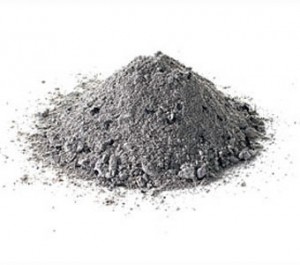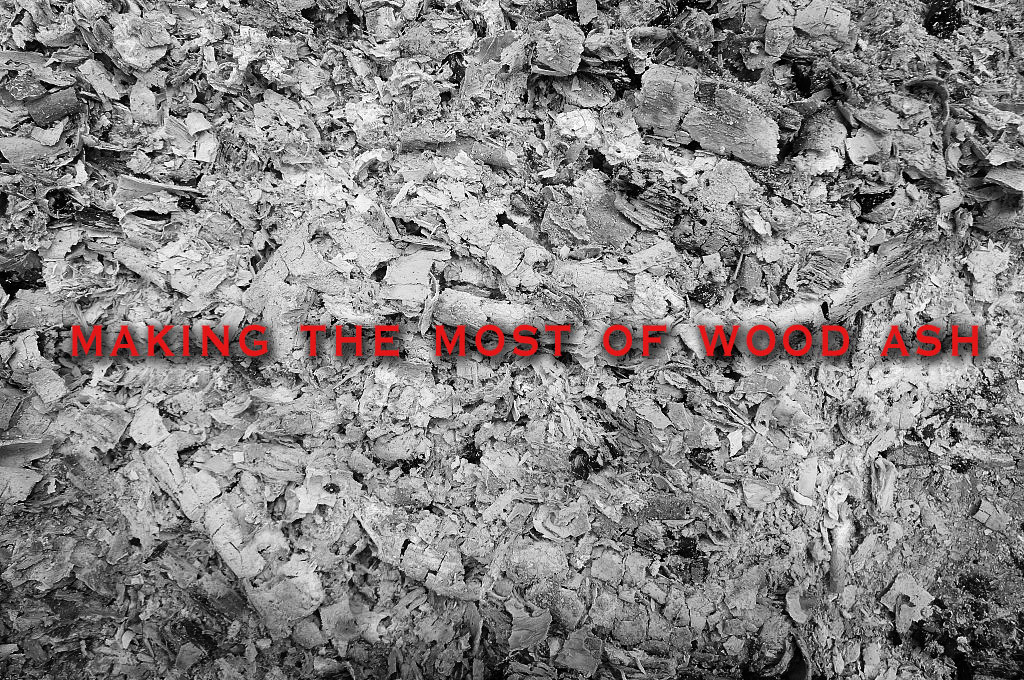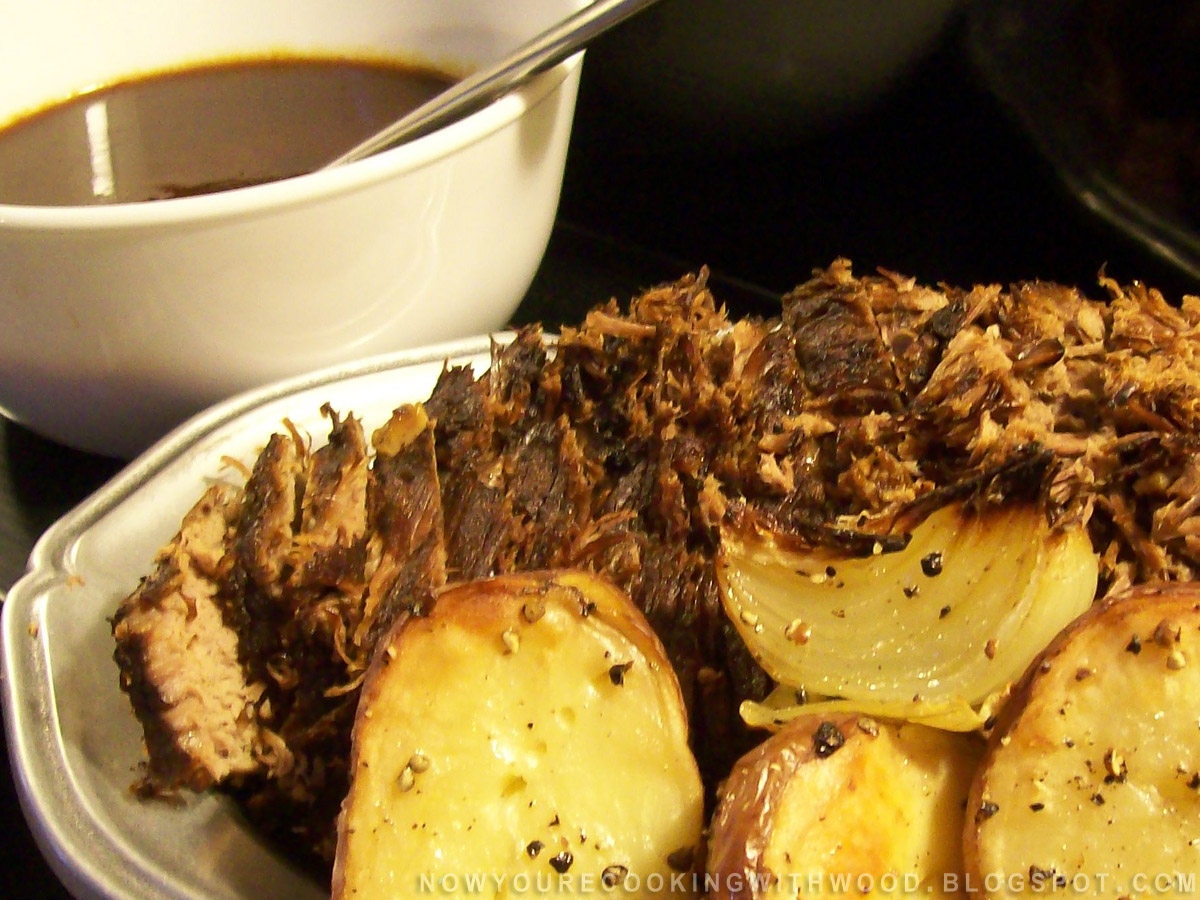Making the Most of Wood Ash
Wood heat is messy. Limbs from the tree leave piles of debris everywhere, small pieces of the rounds fall off during splitting, bark crumbles off and gets all over the house when you bring it inside, and last but not least: There’s a pile of ash left in your stove after every burn. Most of us learn to accept all these little side-effects of heating with wood, the trade-off being quality, inexpensive warmth for our house. But what if there were a way to turn some of that mess into something useful?
Well, there is. Let’s talk about wood ash.

Wood ash is far more useful than you might realize and, despite the mess it can make, you shouldn’t remove it from your stove after every burn. Ash acts as an insulator, giving the bottom of your firebox an additional layer to absorb and retain heat while your fire is burning. In addition, ash will help reflect heat back into the fire in much the same way that your firebrick does. That firebrick, however, has to be completely heated before it begins to reflect any heat and that process doesn’t take nearly as long with ash. By allowing ash to remain in the firebox, you’re also allowing the small coals produced by your fire to retain heat longer, leading to a hotter fire.
This is not to say you should never remove ash from your firebox. An inch of ash is usually enough to reflect heat, you should avoid allowing more than that to stay in your firebox when using it regularly, and always remove ash at the end of a burn season. Ash does have the ability to draw moisture, and by leaving it in an untouched firebox for months on end, you can actually rust out your stove.
When you do decide to remove ash, use a pail made of sheet metal with a bottom that does not touch the floor and place it on non-combustible surfaces (stone, brick, concrete, etc.). Due to ash being such a great insulator, it can retain heat for a surprisingly long time and you should always treat it as such. Ash particles are hazardous to inhale too, so make sure you wear a mask. However, once you remove the ash from your stove, you may not want to toss it.
Wood itself contains a number of elements such as carbon, oxygen, hydrogen, and nitrogen, with many others in smaller quantities. When you burn wood, the nitrogen and sulfur turn to gas and leave up your chimney while calcium, potassium, magnesium, and other trace elements remain. These elements are the same used in liming, a process that neutralizes soils acidity.
What does that mean for your wood ash?

Highly acidic soil makes it harder for plants to grow- everything from your garden to your yard will struggle if your area’s soil is too acidic. Adding a liming agent, such as wood ash, can help return your soil to a less-acidic state and facilitate stronger plants with better growth. Wood ash provides phosphorous, potassium, calcium, boron and other elements to the soil that growing plants crave. Hardwood ash in particular contains a higher percentage of nutrients than softwood ash (Doug Fir, Pine, etc.).
It’s important to note that not all soil needs this, and you should test yours before deciding to add ash. If your soil has a pH level greater than 7.0, you don’t need any ash. If you live in a dry area that sees relatively little rainfall, chances are your soil is alkaline and won’t benefit from a liming agent. But, if you live in an area of high rainfall, it’s very likely that applying some wood ash to your garden can be beneficial. Not only that, but sprinkling it across your lawn can also help facilitate that lush, green grass you’ve always wanted.
Wood ash also repels insects and pests like slugs and snails due to its ability to draw moisture (it essentially sucks the water out of their bodies), so even just sprinkling ash around the base of your plants can be beneficial. This should only be done occasionally, as overdoing it can actually harm your soil. Another use: The elements found in wood ash also help the microorganisms found in compost piles break down organic materials, so if you sprinkle ash onto a layer of compost, you’re helping it breakdown faster.
One of the reasons we love heating with wood is the way it allows us to connect with nature. It’s a rewarding connection, made all the more so when you realize that, right down to it’s very ashes, wood can improve our lives.









I talked with an elder recently who reminisced on how her one-room school in South Dakota was heated with a wood stove. Many of the kids would bring a raw potato to school and their teacher would place it in the wood ash drawer. By lunch they had a perfectly baked potato!
I tried this with my wood furnace. I wrapped my potatoes in foil, placed them in the ash and, with tongs, turned them every so often. It works and it is so satisfying to take advantage of another otherwise wasted heat source. Try it!